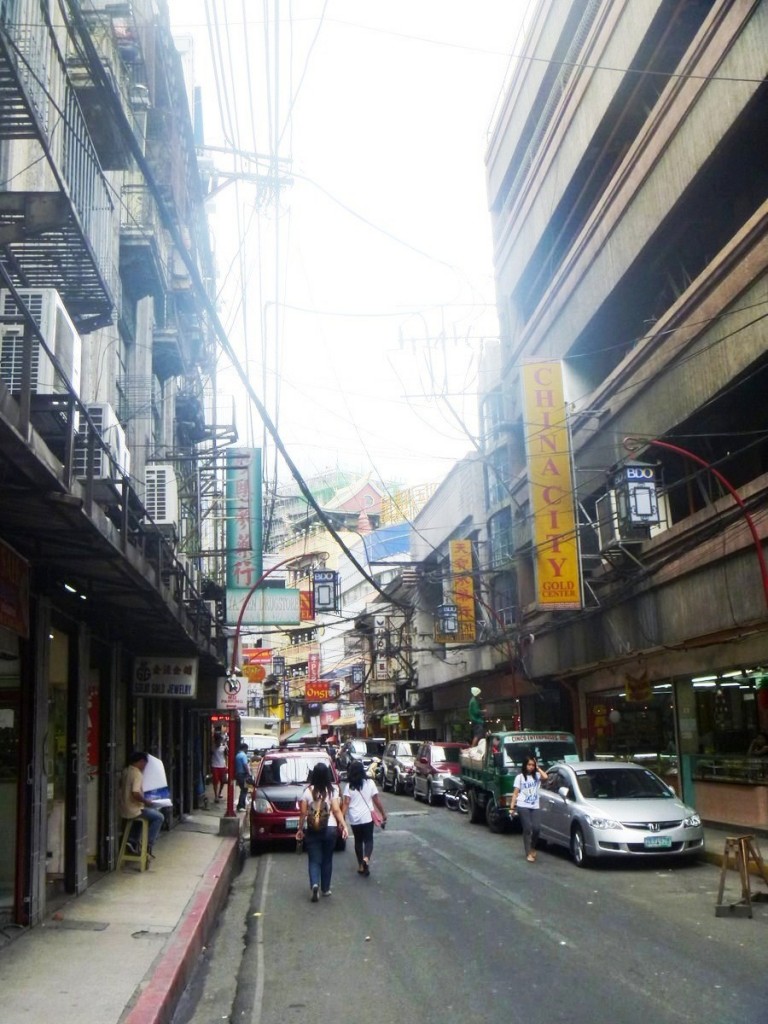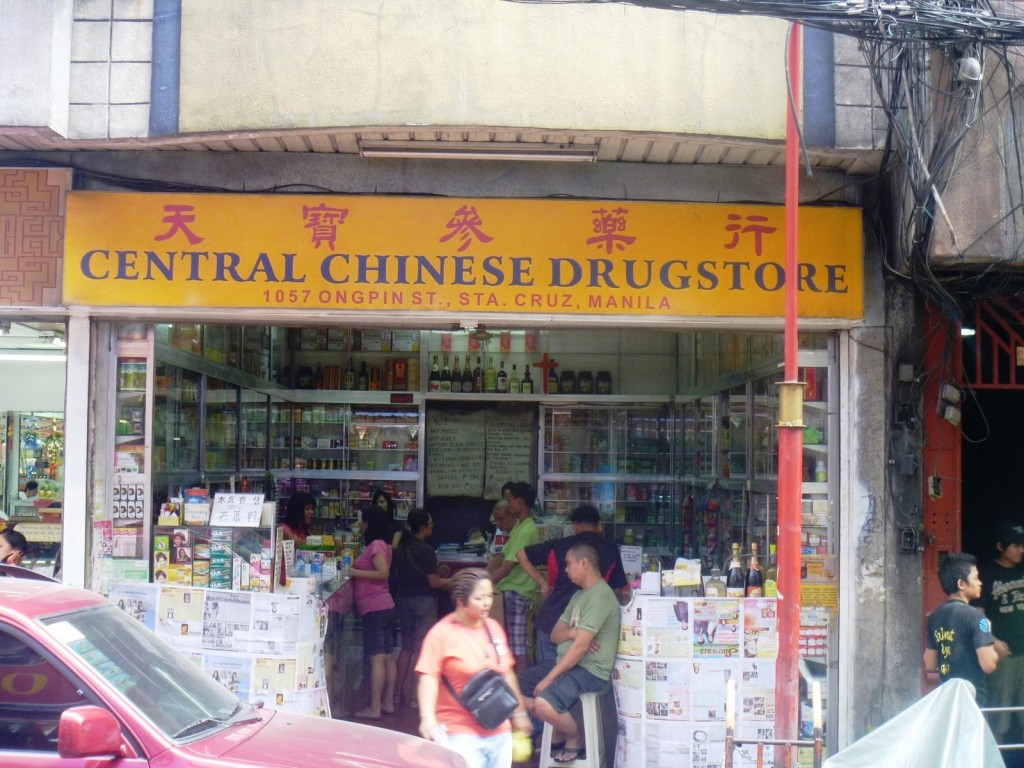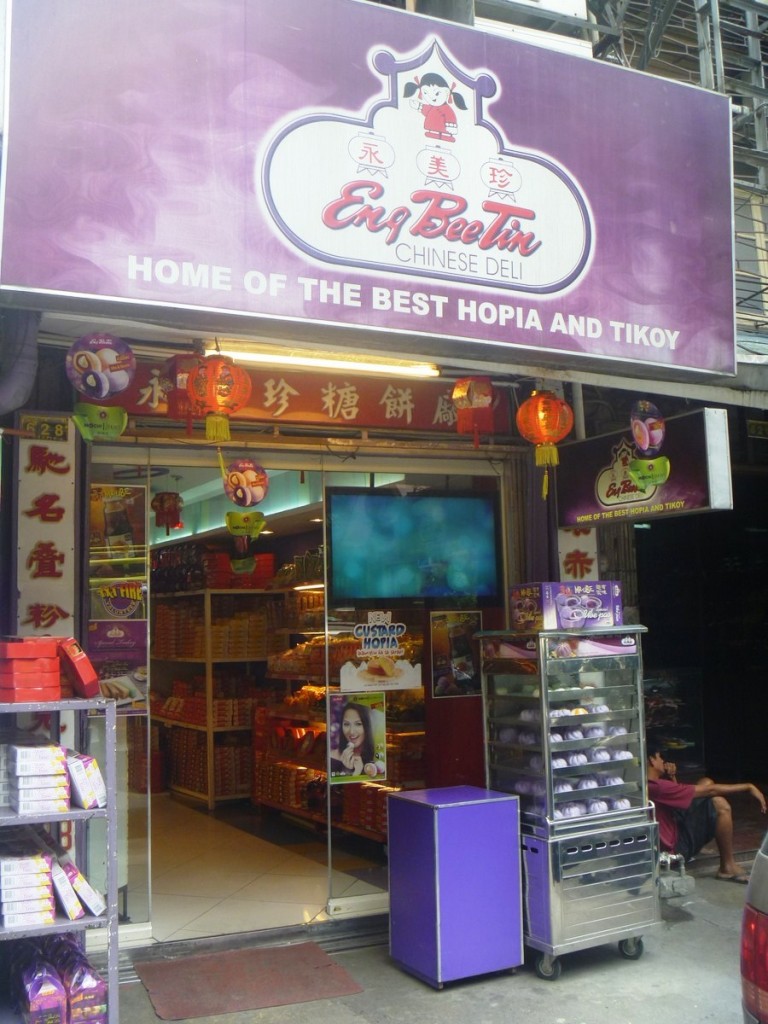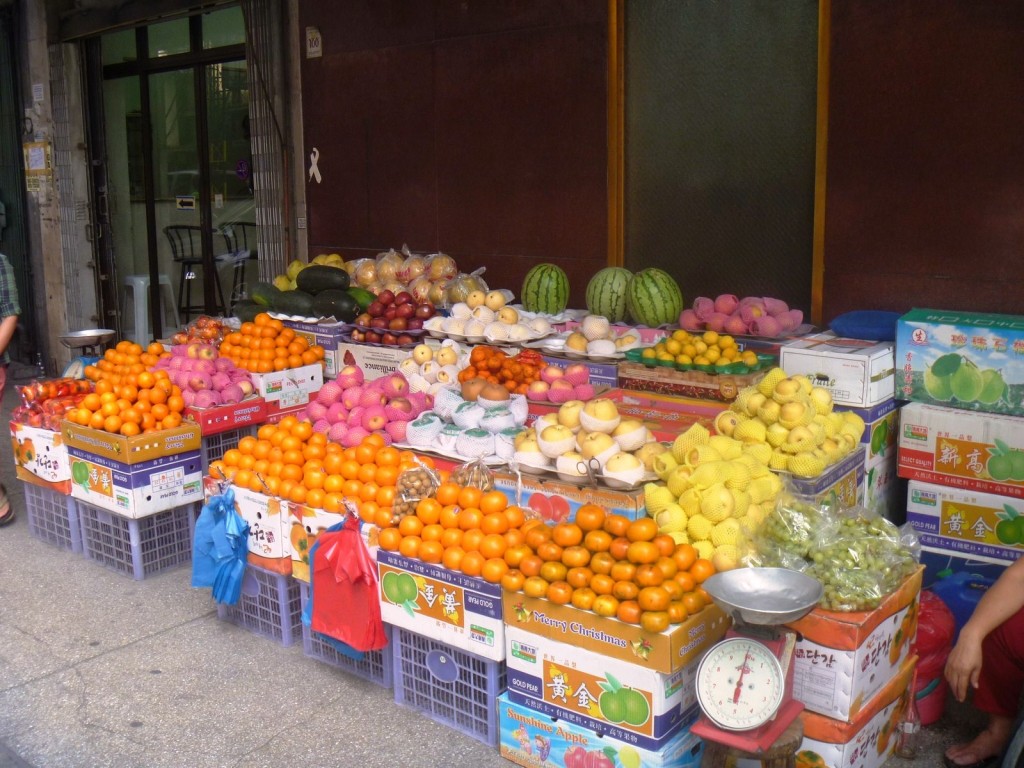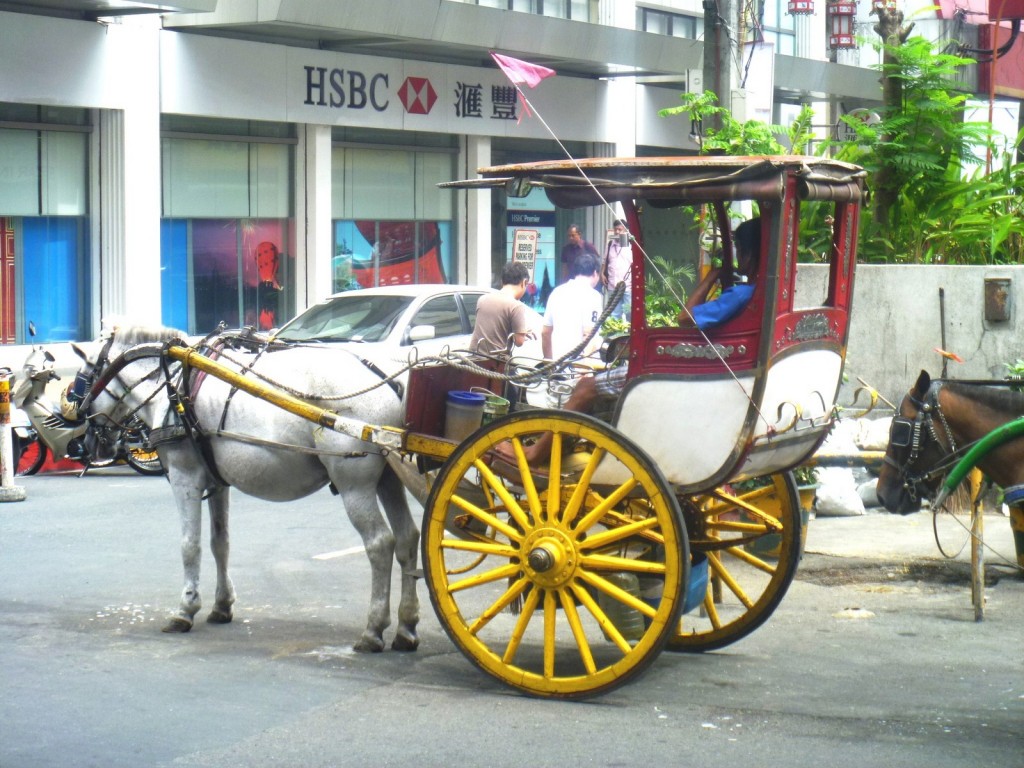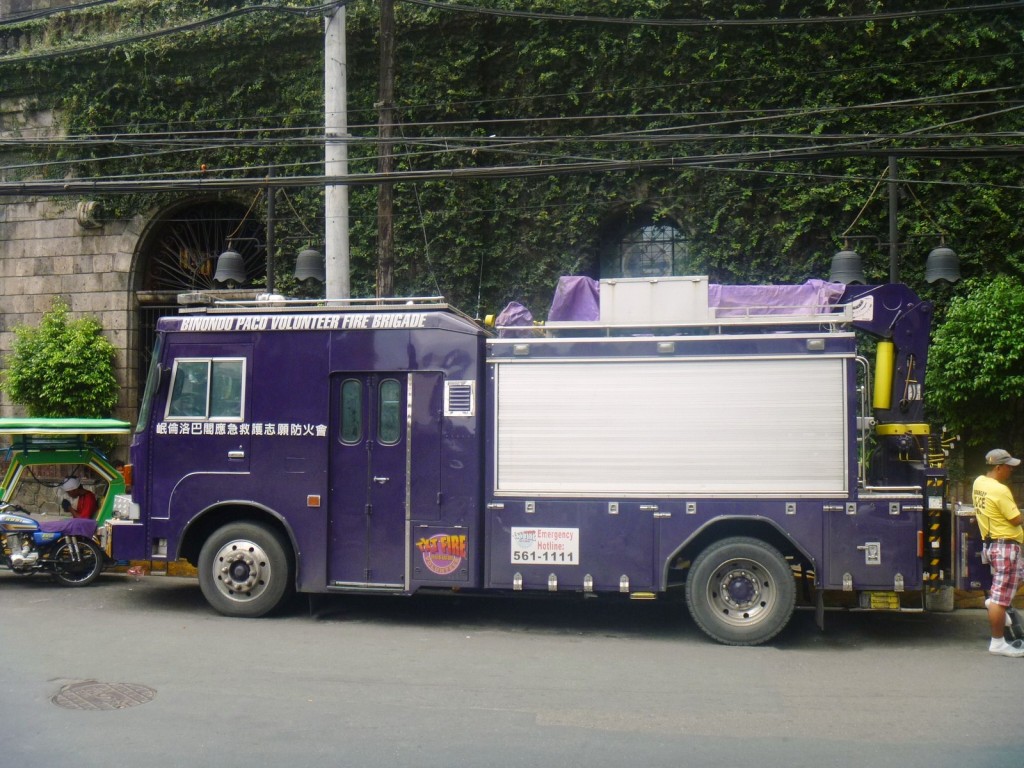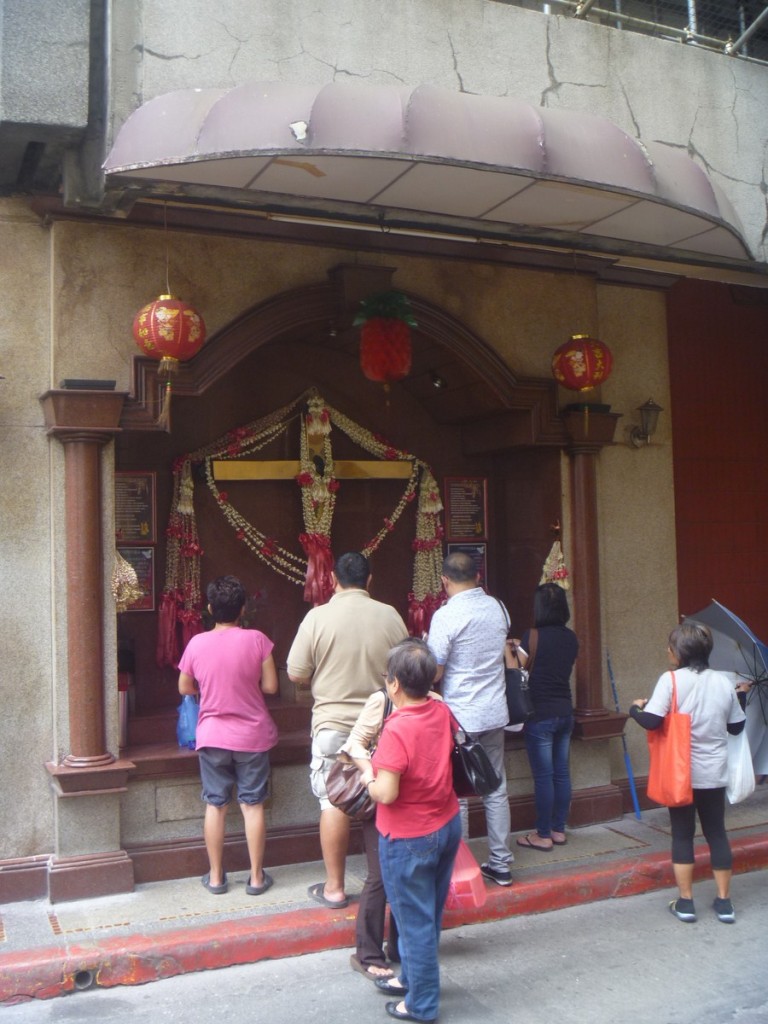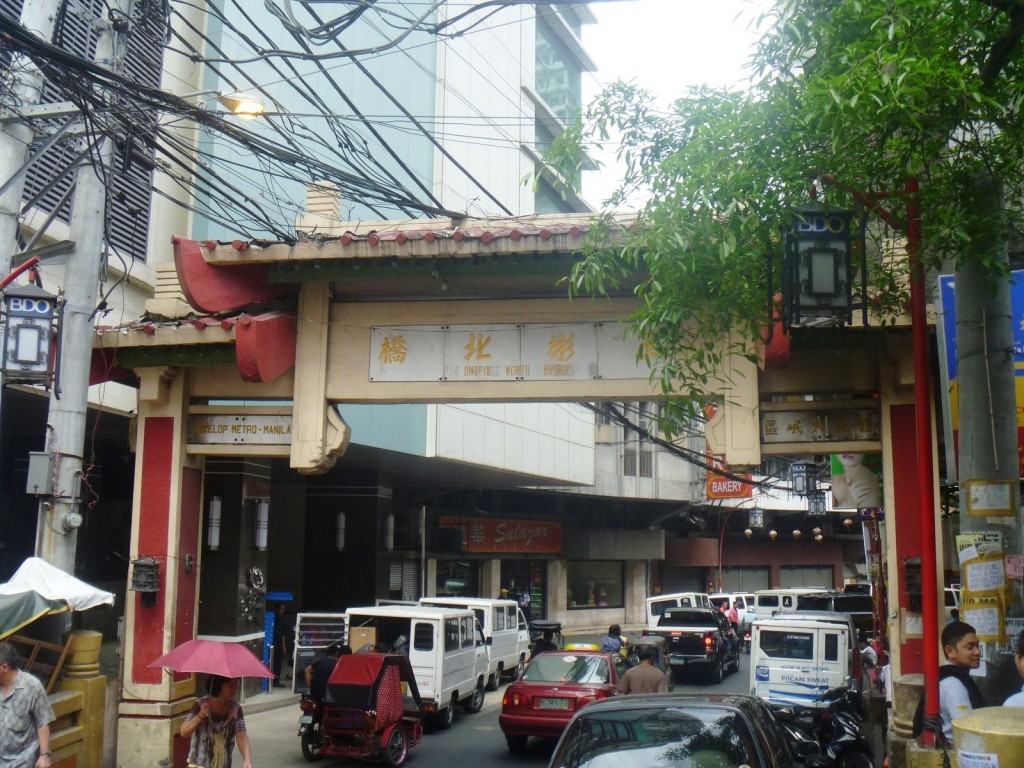After checking in to our rooms at Alapo’s View Inn, we rested for a while then assembled at the ground floor for our guided tour of the lush and picturesque Echo Valley, one of the most popular hikes in Sagada. Though it wasn’t our first visit (Jandy and I have visited it twice before), it would be the first for most of the group. We conveniently wore shorts and slippers and brought along our jackets, water bottle and my camera. From our inn, we all entered the compound of St. Joseph’s Resthouse and St. Joe’s Cafe, then crossed the road to the grounds of the Anglican Episcopal Church of St. Mary the Virgin, the oldest church in the Cordilleras outside of Baguio City. Here, we already noticed the huge number of people also undertaking this introductory tour of Sagada.
| Echo Valley and its famed hanging coffins |
Further up the St. Mary High School gate, past the basketball court, Centennial Bell and the Sagada Cooperative Store, we climbed paved steps up to the Sagada Cemetery which has 14 Stations of the Cross and is marked with a huge cross. I asked the guide if he knew where the burial plot of Eduardo Masferre, the famous photographer who died in 1995, was but he was just as unknowing as I was. Well, maybe next time. William Henry Scott, the American historian who died in 1993, is also buried here.
 |
| Sagada Cemetery |
| Sagada Rock Climbing Tour |
| Aldrin and Jandy at the vantage point |



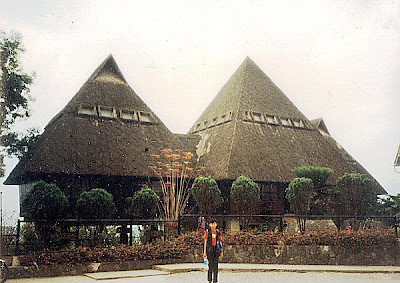
.jpg)
.jpg)

.jpg)
.jpg)
.jpg)
.jpg)


